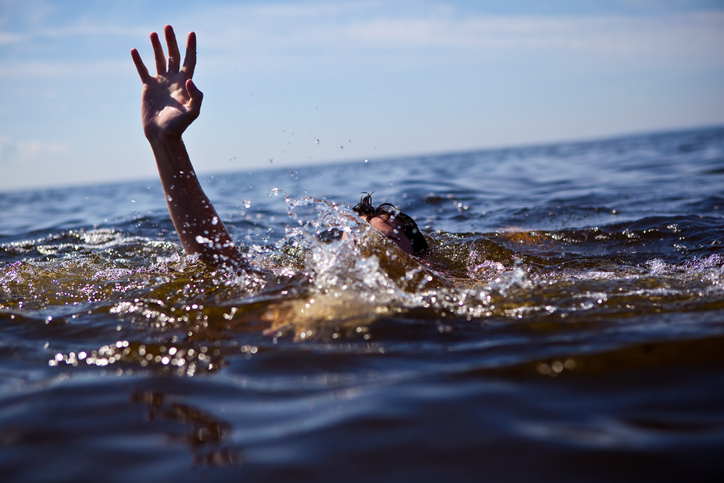
In this blog, I want to focus mainly on young children who may be at risk for drowning. All ages and all skill levels can face this danger, but as parents it is important to know the signs and actions for drowning.
It's Silent
The common image we would think of for drowning is the thrashing in the water and people yelling for help. This is completely realistic, but the other side is the silent slip under the water. After years of lifeguarding you start to notice recurring themes with struggling kids in pools. When a young kid or toddler finds their way to the deep end and can’t hold themselves up any longer, they usually don’t think of screaming or struggling. Their eyes with get the deer-in-the-headlights look, they silently try to swim up or toward a wall, and slowly slip under (but not for too long because the lifeguards usually jump way before that point). However, my point is to be very alert and know what you’re looking for- sometimes it isn’t obvious. I highly encourage and plead every parent to be watching the pool at all times vigilantly while at your home pool, pool parties (and hire a lifeguard), lakes, oceans, etc. There’s no such thing as too careful.
It can happen to anyone
Most of the time, people who are drowning panic and their initial response is to grab onto anything they see for support. If you are swimming toward a drowning adult, they’re survival-mode strength could push you under or they could hold on for dear life and you can become a second victim. Instead, see if they are close enough for reach or throw, don’t go. If not, call for help from nearby people or 911. If you have no other choice, try to find an escape route if they were to panic and try to use your resources for flotation or for pulling them in.
Know what happens after a near drowning
So, you may have helped your child after they were struggling in the water (it happens! But I know you were all extra vigilant). However, after your child may have slipped under the water for just a couple seconds, the aftermath can be scary. Make sure you protect your child from any minor shock: get them dry, warm, and let them rest. No need to give them food or water just yet. Comfort them: they are probably scared, embarrassed, confused, so give them space to breath and collect themselves. Watch out for dry drowning: dry drowning can happen up to 24 hours after a child inhaled too much water and can lead to vomiting, exhaustion, nausea, trouble breathing, or even death. Watch for these signs afterward and keep watch, make sure they sleep on their sides, and call the doctor if you’re worried. Again, no such thing as too safe.
SAFETY FOR EVERYONE
With these tips I hope you can be preventative and take the extra necessary steps to make sure your children are safe in and around the water.
 About the Author: Lauren Weaver
About the Author: Lauren Weaver
Hello! My name is Lauren and I am currently a senior at Pepperdine University. I have been lifeguarding for six years and teaching swim lessons for five years to every age from baby to adult of all experience levels. I have a passion for helping others find confidence as they challenge themselves, learn new swimming techniques, or face fears in the pool!
ABOUT SUNSATIONAL SWIM SCHOOL
Sunsational Swim School is the 🥇 #1 rated provider of private, at-home swimming lessons in America. We have specialized swim instructors for students ages 6 months to adult, beginner to advanced. Featured on ABC, CBS, Impact 100, The List and others, Sunsational instructors have a minimum of 2 years of teaching experience, are CPR certified and insured, and have collectively taught over 302,223 lessons for more than 74,415 students nationwide!


